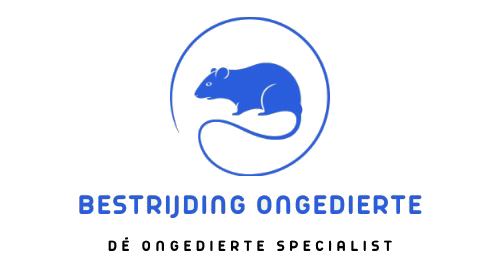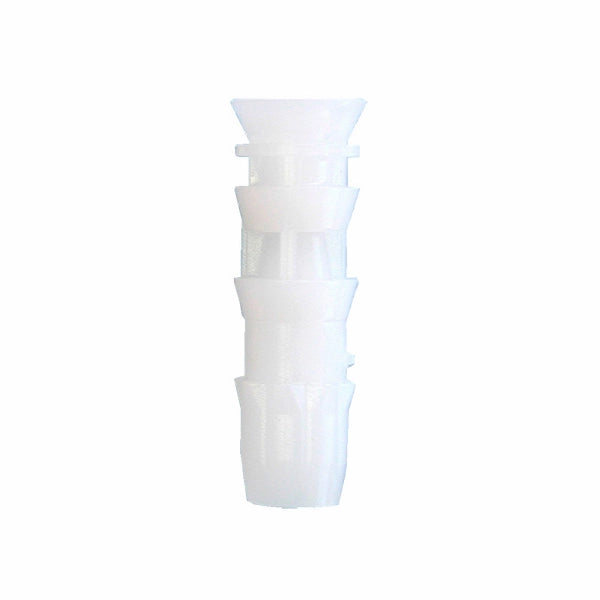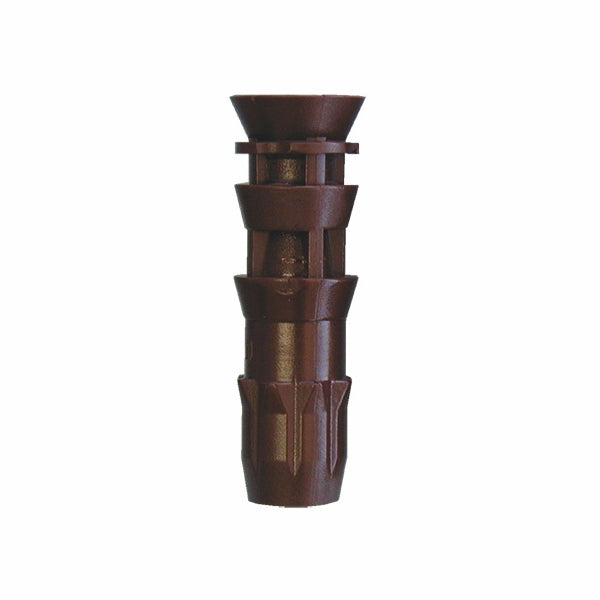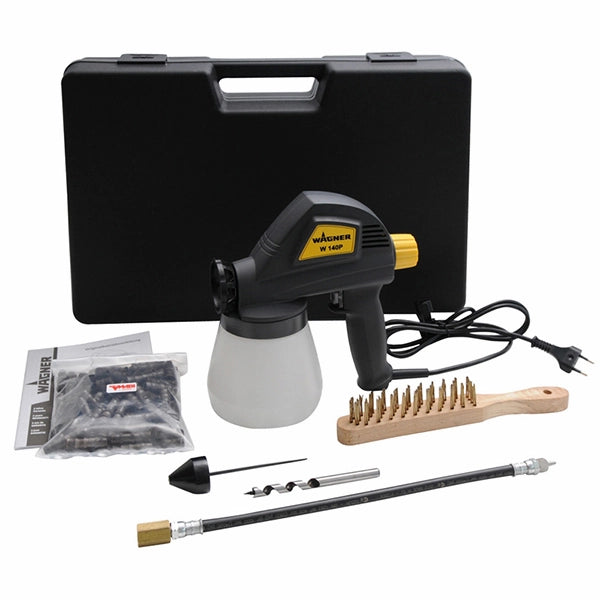Wood injection
Wood injection against longhorn beetle
When longhorn beetles are a nuisance, they often occur in thick wooden beams. If you then spread a longhorn beetle pesticide over the beams with a pressure sprayer, it will not penetrate deep enough into the wood and it may therefore happen that the longhorn beetle has not been controlled correctly.
To ensure that this is done properly, you can inject the beams so that the longhorn beetle pesticide ends up deep in the beams. This technology also places the bollard agent under pressure in the wood, so that it is distributed throughout the entire beam.
Wood injection against woodworm
Wood injection is a process of injecting chemicals into wood to create a barrier against pests or rot. The process can be applied to both living trees and wood structures, and it is often used as a preventive measure against insect pests or wood rot. Injecting chemicals into wood can be done in several ways, but the most common method involves drilling holes into the wood and then injecting the chemicals using a plunger-like device. Wood injection can be an effective way to protect wood from pests or rot, but it is important to note that the chemicals used in the process can be toxic to humans and animals if not handled properly. Therefore, it is important to follow all safety instructions when performing wood injection.
Wood injection against longhorn beetle and woodworm
Wood injection is a process that helps to make wood more sustainable. Injecting a preservative into the wood makes the wood more resistant to rot and decay. This process can be applied to both softwood and hardwood, and is often used on wood that will be exposed to the elements. In addition to preventing wood rot, wood injection can also help prevent insect damage. By making the wood less attractive to insects, wood injection can help extend the life of the wood. Wood injection is therefore an important step in making wood more sustainable.



